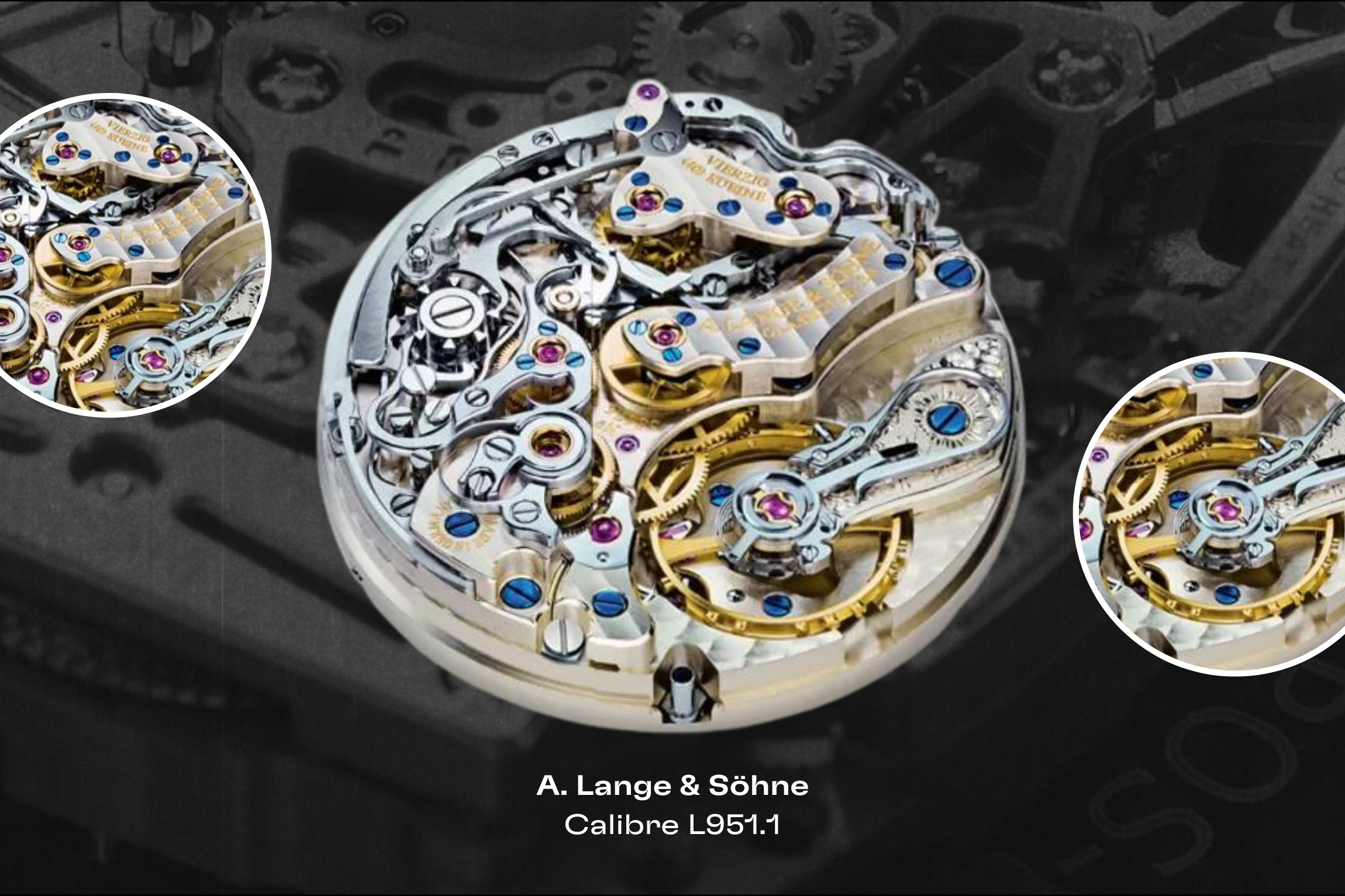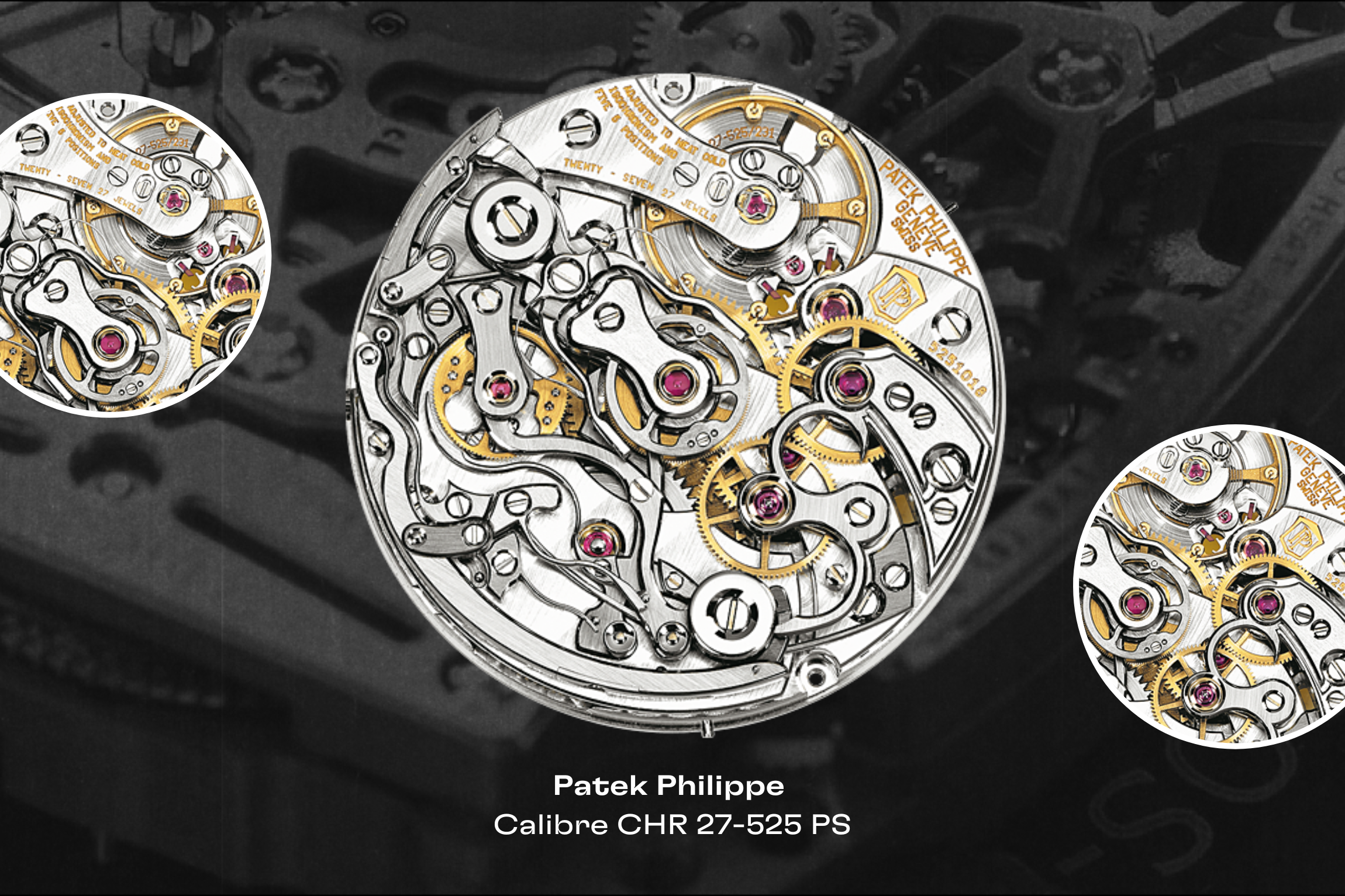
The Most Important Modern Chronograph Movements (Part 2)
We take a deep dive into some of the most remarkable chronographs of the modern era
Whether you use them to time laps or pasta, chronographs are among the coolest complications. For many, the precise display of kinetic energy epitomizes everything we love about mechanical complications.
In the first installment of this story, I talked about the most important modern chronograph movements manufactured at scale. Companies like Rolex, Omega and Breitling have large dedicated factories capable of churning out highly accurate automatic chronographs en masse. This is great if you're in the business of making large numbers of commercially geared chronographs, but what if you make chronographs that are a little more artisanal? Well, here's a handful of modern chronographs that we now recognize as defining the modern era of the complication.
When it comes to contemporary chronograph calibres, the conversation quickly turns to the iconic Datograph from A. Lange & Söhne. Debuting in 1999, this sculptural, technical, manually wound calibre was designed and built from the ground up in the brand's German home of Glashütte.


At its core, the Datograph is a column-wheel chronograph with a sophisticated three-dimensional construction that facilitates seamless engagement of the chronograph functions. This results in precise and smooth operation. It also offered flyback functionality, an instantaneous jumping minutes counter. Unlike traditional chronographs that require continuous tracking, the Datograph's minute counter jumps instantly when the chronograph is engaged, offering precision to the minute. All this, combined with Lange's exceptional level of finish, was enough to earn the brand its place in the chronograph history books, but the brand continued to demonstrate its mastery of the complication with the double split (a double rattrapante function) in 2004, and incredibly, following it up in 2018 with the Triple Split, the first mechanical chronograph that allows for comparative time measurements in hours.




The German's claim to mastery of elegant chronographs is not uncontested. Patek Philippe is, of course, an exponent of traditional watchmaking in all its forms and at the highest level. The chronograph is no exception. Their CHR 27-525 PS caliber, which debuted in 2005's reference 5959P, is no exception. This slender (5.25mm) elegant chronograph caliber is the brand's first in-house movement, a monopusher rattrapante with a petite 27.3mm diameter. In addition to living up to Patek Philippe's high visual design and finishing standards, it's also built for stability and precision, with a chronograph clutch that pivots over the drivetrain for consistent engagement.


It should come as no surprise that one of the greatest watchmakers of the modern era, François Paul Journe, has turned his hand to the chronograph and in his own idiosyncratic style. The Centigraphe Souverain is remarkable in many ways. On paper, it's a foudroyante chronograph, with a blindingly fast seconds hand at 10 that ticks six times per second, allowing for 1/100th of a second accuracy. At two o'clock is a 20-second register, while the register at six measures up to 10 minutes of elapsed time. Further adding to the distinctive watch is the fact that each register has a separate tachometer scale — meaning that this watch allows you to track speeds up to 36,000 Km/h. While this may not be of too much use, you can certainly appreciate Journe's unique take on the monopusher, which uses a patented rocker actuator. From a movement design perspective, the Centrigraphe is exceptional in that the wheel trains for the chronograph and the timekeeping are separate. In a little noted footnote to the Centigraphe that deserves more attention, F.P. Journe states that 30% of the profits from each and every Centigraphe sold is donated to medical research.

Audemars Piguet boasts several impressive chronograph calibers in its catalog, especially those that appear in the Royal Oak Concept collection. We mentioned the Caliber 2923, found in the Royal Oak Concept Laptimer Michael Schumacher in the previous installment, but it's not the only intense challenge the Le Brassus brand has created. Earlier this year, they debuted the Royal Oak Concept Split-Seconds Chronograph GMT, powered by the caliber 4407. This mechanism is based on the caliber 4401 but supercharged with the integration of a flyback mechanism, split seconds large date and a GMT to boot — all wrapped up in the contemporary sports styling we've come to expect from the ROC.





You can't mention contemporary high-end sports styling without Richard Mille joining the chat. The brand beloved by billionaires has long offered chronographs, but until recently, they've offered third-party-based calibers only. In 2020, they introduced the RM 72-01 Lifestyle In-House Chronograph, an excellent example of no-nonsense naming. The CRMC1 movement immediately stands out as something special thanks to its non-conventional register layout. From an architectural point of view, this caliber is, like most modern chronographs, a column-wheel. But it's unusual for the with twin oscillating pinions — one for the seconds wheel and one for the minutes connecting the chronograph wheels to the timekeeping gear train, meaning that using the chronograph doesn't impact the accuracy of the watch and that each chrono register essentially has its own source of power. On top of these technical benefits, the arrangement makes for a more compact design and a versatile platform for Richard Mille to iterate on.


The above five examples stand tall as some of the most noteworthy and remarkable high-end chronographs of the modern era, and we haven't even touched on pieces like De Bethune's MaxiChrono and Agenhor's AgenGraphe — mechanisms that show us that a chronograph can be so much more than start, stop, reset.

